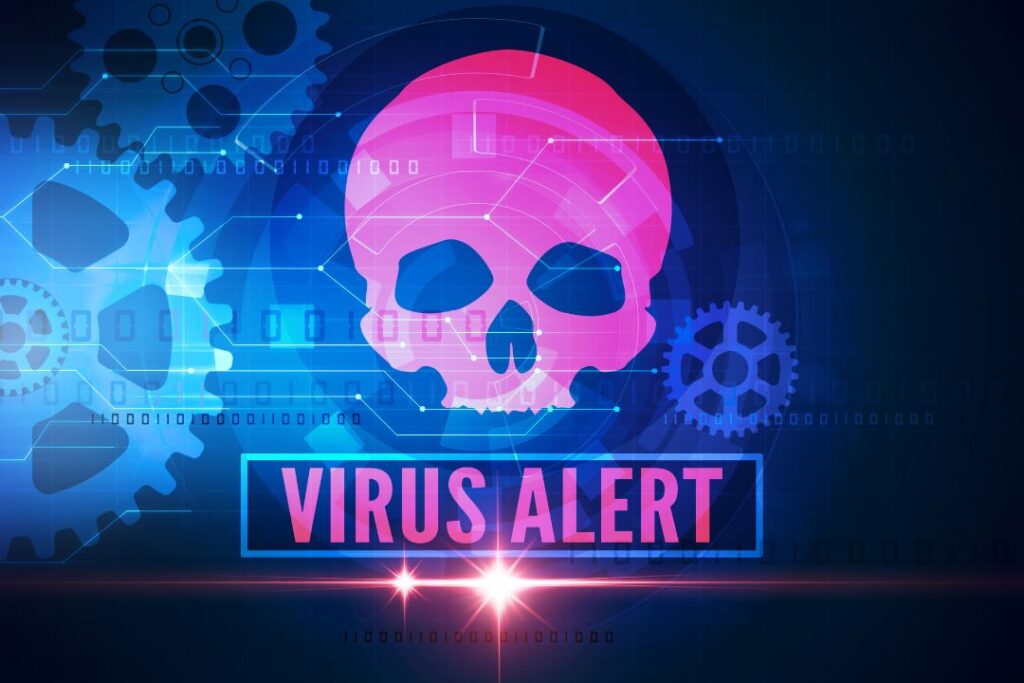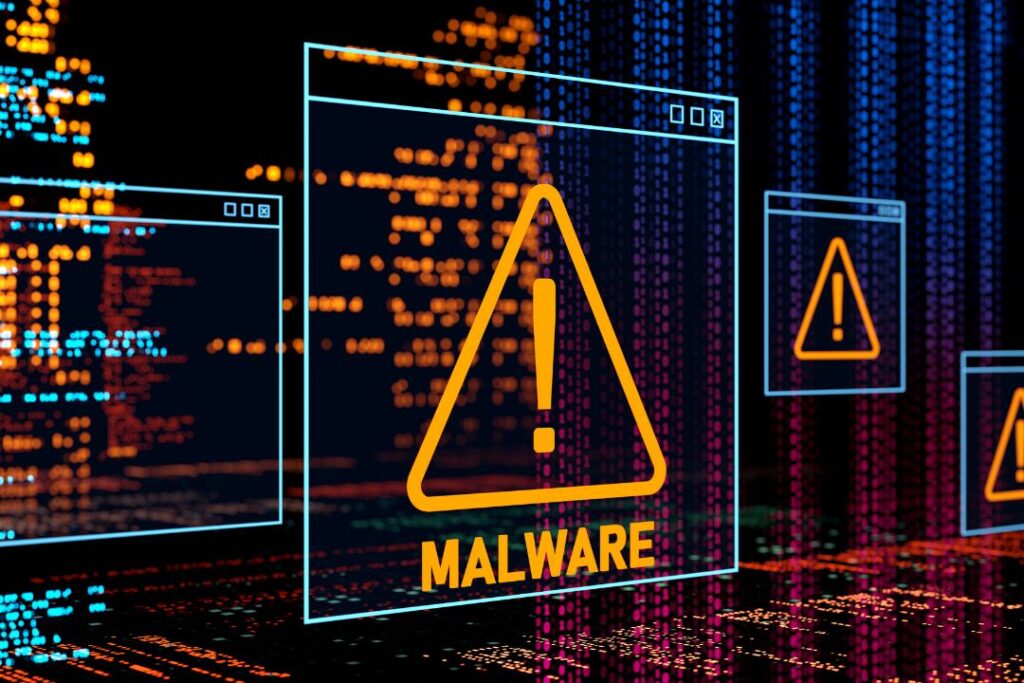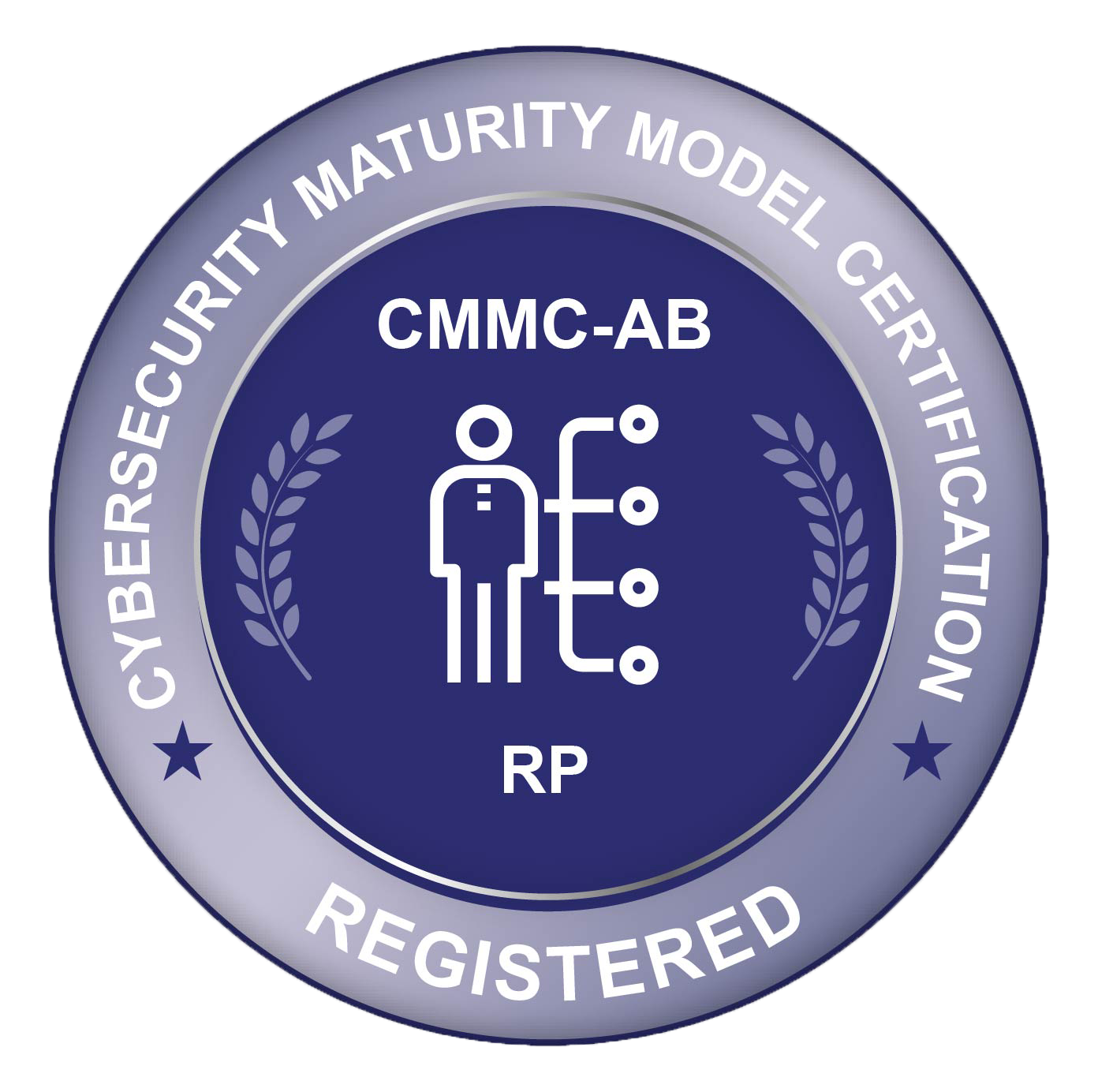If you are like many people, you are not entirely clear on the difference between anti-virus and anti-malware. You may have attempted to find more information. However, it can be overwhelming. Our certified IT consultants at MTBW hope this information will help you understand.
What Do the Best Anti-Virus Programs include?
You are confused about anti-virus and anti-malware because all Viruses are Malware, but not all Malware are Viruses. Anti-Virus covers various viruses. An antivirus program should have all the up-to-date identified “bugs” and stops them from replicating. An Anti-Malware update will be for a specific or range of specific malicious code.
VIRUS

- A Virus is one type of Malware
- Requires the user to trigger
- Self Replicating
MALWARE

- Any type of Malicious Software
- Any Malicious Code style
- Harms devices and steals data
Viruses infect files by inserting malicious code. When an infected file is opening, the damaged code automatically runs and infects others. A Virus attacks the traditional versions, like worms and phishing attacks, that can still harm your device. DOS and Windows executable files with extensions.COM and. EXE are prone to virus infection.
There are five questions that you need to be able to answer before you purchase a new anti-virus solution.
Price
The free program might sound fantastic, but be sure you get what you need. It will likely contain a few programs you need, but not all. Read the small print.
Performance versus Speed
Your anti-virus program will be running in the background, with immediate attention to all currently identified hits. Be sure it doesn’t slow your system down excessively.
Compatibility
Be sure the anti-virus software works well with your printers, tag or label printers, or any other software you currently use. Make sure you are reviewing rates for comparable equipment to yours.
Real-Time Protection and Rapid Infection Removal
Ensure that the program runs accurately and efficiently. You want the anti-virus program to run in the background during work.
Ease of Use
Even a great system will be no good if you cannot operate it. Make sure you understand all of the new system’s pros and cons. How to implement and deactivate features as needed and know how to turn the system on or off.
What Does Anti-Malware Do?
Malware includes viruses, Trojans, worms, and adware. Although it has similarities with antivirus, an anti-malware is a program that safeguards the system from all sorts of malware, including viruses, Trojans, worms, and adware.
Anti-malware focuses on new threats, while antivirus keeps you protected against the traditional versions, like worms and phishing attacks, that can still harm your device.
Anti-Malware performs these functions:
Anti-Malware
- Sandboxing: this controlled environment allows the software to test suspected threats and determine whether or not they’re safe to use.
- Traffic filtering: this type of filtering protects your device by blocking access to suspicious servers and sites involved with malware distribution.
- Proactive security: your software should scan, detect, and remove known malware threats like trojans, adware, and spyware.
- Phishing simulations are a way of testing employee awareness of online fraudsters. Fraudulent emails are sent from various addresses. Employees fail the test if they interact with them.
Antivirus focuses on prevention, protecting a machine by stopping it from becoming infected in the first place. Antimalware, however, is geared towards rooting out and destroying malicious programs that have already been downloaded and activated. While there is a lot of crossover between the two tools, many security experts advise using both antivirus and antimalware tools together to maximize protection. If you still have questions, please contact us at MTBW.





